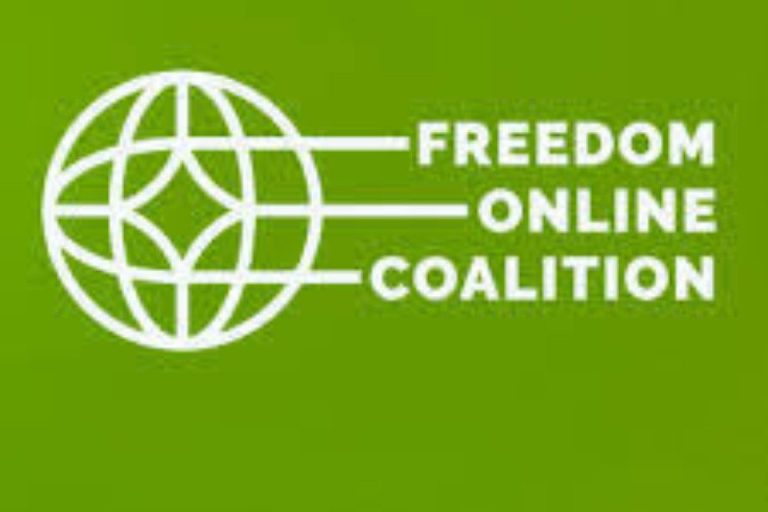A recent rating conducted by the Madrid-based Access Info Europe (AIE) and the Centre for Law and Democracy (CLD), based in Halifax, Canada, shows that there is substantial increase in the number and quality of Right to Information (RTI) laws around the world. It also stresses that there is vast room for improvement.
The report notes that: “The past twenty years have seen the number of RTI laws globally multiply by more than five times, from just 18 in 1993 to 95 today.” The report added that “The RTI Rating also shows that the quality of RTI laws has improved fairly dramatically and consistently over those same twenty years.”
The report entitled ‘RTI Rating Data Analysis Series: Overview of Results and Trends’ was released on September 28, 2013 in commemoration of this year’s International Right to Know Day.

According to AIE and CLD, the “RTI Rating is a set of best practice standards, resulting in a stringent assessment of legal frameworks based on the highest international and comparative standards.”
All the 95 countries in the world with national Right to Information laws were assessed in the rating. The RTI Rating measured only the legal framework but did not measure the quality of implementation.
The RTI Rating methodology is designed to provide an overall numerical assessment of how well a country scores out of a maximum of 150 points in terms of giving legal effect to the right to information.
According to AIE and CLD, at the heart of the RTI Rating methodology are 61 indicators drawn from international standards developed by UN and regional human rights bodies, supplemented by a comparative study of numerous right to information laws from around the world.
For each of the 61 Indicators, countries are scored within a set range of scores, in most cases 0 to 2, depending on how well the legal framework delivers the Indicator. The indicators are grouped into seven main categories for detailed assessment of the legal framework’s specific strengths and weaknesses in seven thematic areas.
The seven scoring categories under which the indicators have been developed are: Right of Access, Scope, Requesting Procedures, Exceptions and Refusals, Appeals, Sanctions and Protections, and Promotional Measures.
The report finds that the strongest area of achievement is the scope of the RTI laws, with an average score of over 77 percent of the possible maximum. It also found that the worst performer was the area of Sanctions and Protections, with just over 33 percent of the possible maximum. The other categories all scored relatively close, mainly in the 50 to 60 percent range.
The report says the rate of adoption of new RTI laws was slow and relatively steady between 1980 and 1998, after which it increased dramatically till the present day.
The rating observed that Eastern and Central Europe began its journey towards RTI around 1995, and moved rapidly and comprehensively towards almost total coverage within just ten years. It added that both Latin America and the Caribbean as well as Africa actually started adopting RTI laws about five years after Eastern and Central Europe and Asia.
Sadly, the report says for Africa, “there is a degree of residual scepticism about this issue” in some countries including Ghana, Kenya, Mali and Zambia, which have seen long‐standing campaigns and even governmental promises to adopt laws but which have not come to fruition.
It noted that the Arab World’s RTI laws came with the Arab Spring, despite the fact that, prior to that, the region was almost entirely dominated by non‐democratic States.
The report stated that the strength of RTI laws improved both dramatically and consistently over time, rising from a low average of 78 points in 1985 to a high of 91 in 2013. This ‘significant progression’ it attributed to the continuously evolving standard of the right to information both internationally and in terms of better comparative practice.
It said: “Laws that were drafted more recently have had the advantages of learning from the mistakes or failures of laws that were written earlier and of being able to reference clear international standards in this area.”

The report added that the increasing quality of laws was also attributable to the emergence of increasingly powerful civil society networks and international community advocacy in favour of strong RTI laws since 1995. The situation, it said, facilitated the sharing of information about better practice and international standards, and also created pressure for positive law reform.
The report said a pattern emerged with a preponderance of new and emerging democracies among the top scoring countries, and the concomitant clustering of older and better‐established democracies being at the bottom.
More specifically, the report shows that of the top 21 countries, only one is from Western Europe, eight are from East and Central Europe, five from Latin America and the Caribbean, three each from Africa and Asia and one from the Middle East.
The report notes that improvement in average quality of RTI laws can come both through the adoption of strong new laws and through the improvement of existing laws. The weak performance of developed countries on the other hand, it said, indicates strong potential for improvement in the latter area, although there are unfortunately few concrete indications that this is likely to happen in practice.
Click the link to download a copy of RTI Rating Data Analysis





